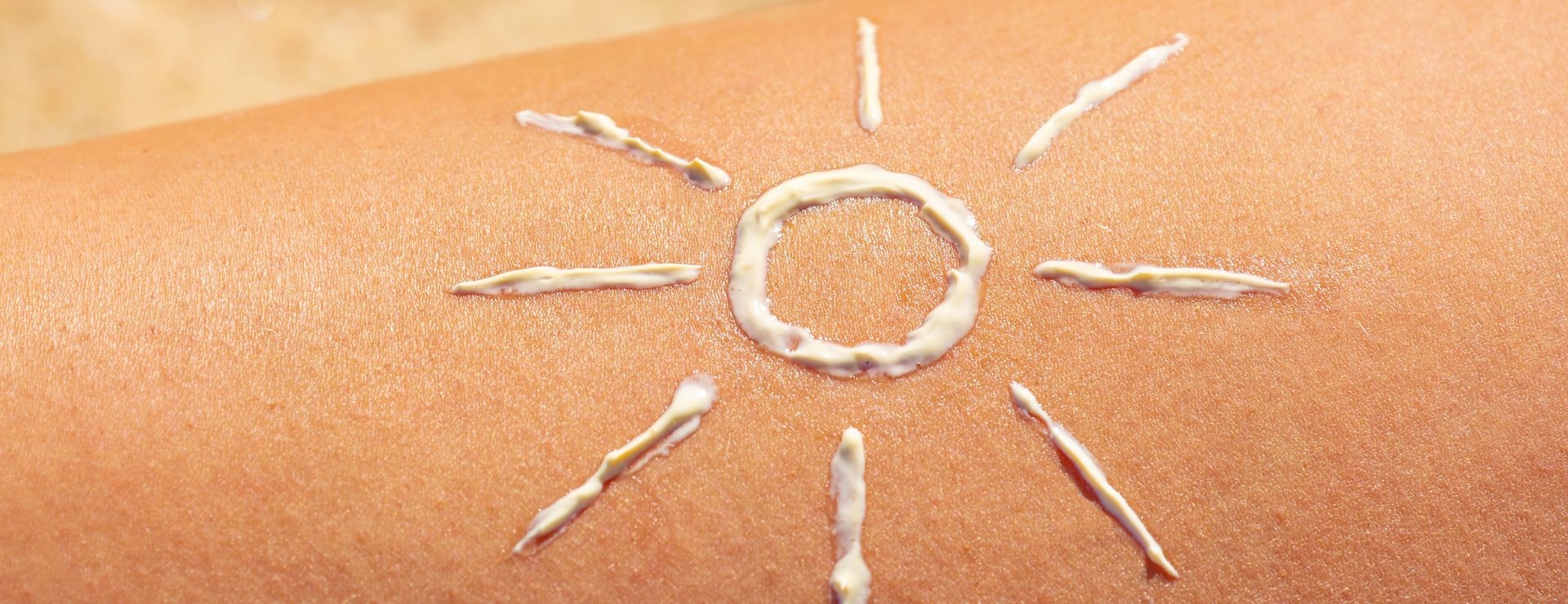Sun Safety: How Often Should You Reapply Sun Cream?
Blog Health News 23rd July 2024 Enquiries & appointments
Sun safety is crucial for protecting your skin from harmful UV rays and preventing long-term damage.
Apply sun cream before going out or use cosmetic products that contain sun protection. Reapplying sun cream every 2 to 3 hours, choosing the right sun cream, and following additional sun safety measures such as seeking shade, especially in the middle of the day, and covering up can significantly reduce your risk of skin cancer and premature ageing.
How Often and Why Should You Reapply Sun Cream?
It’s recommended to reapply sun cream every 2 to 3 hours, especially if you’re often outdoors in bright weather. This ensures that your skin remains protected throughout the day. Activities such as swimming, sweating and drying yourself with a towel can remove sunscreen, making it necessary to apply more frequently. An SPF50 5* sun cream provides high protection, but it doesn’t last indefinitely. Therefore, if you’re out in the sun for extended periods, reapplying is important to protect your skin properly.
A good rule of thumb is to start using sun protection if the UV index is 3 or above. The UV index measures the risk of harm from unprotected sun exposure, with higher values indicating a greater risk. Checking the UV index before heading outdoors can help you know if precautions need to be taken.
Why Is It Important to Follow Sun Safety Best Practices?
One of the most critical reasons to follow sun safety practices is to prevent skin cancer. Both non-melanoma and melanoma skin cancers are associated with UV exposure. However, UV rays also accelerate the ageing process of your skin. Prolonged sun exposure leads to wrinkles, age spots, and a loss of skin elasticity. By using sun cream regularly, you can keep your skin looking youthful and healthy.
What Causes the Sun to Damage Your Skin?
Sunlight reaches the earth through both visible and invisible rays. The invisible rays, known as ultraviolet (UV) rays, are primarily responsible for skin damage. There are two types of UV rays that reach the Earth’s surface, UVB and UVA. Both are damaging to the skin and this damage is cumulative over time, making it essential to use a broad-spectrum sun cream that protects against both UVA and UVB radiation.
The Science Behind Sunburn and Sun Cream
Sunburn occurs when your skin is exposed to UV radiation, which damage the DNA in your skin cells. This damage triggers an inflammatory response, leading to redness, pain, and peeling. In time, DNA damage may also lead to abnormal skin cells and cancers. Sun cream, on the other hand, contains active ingredients like zinc oxide or avobenzone that either absorb, reflect, or scatter UV rays. These ingredients form a protective barrier on the skin, preventing the UV radiation from penetrating and causing cellular damage. By reapplying sun cream regularly, you ensure continuous protection against these harmful rays.
What if my Skin is Already Damaged?
Our dermatologists can perform skin assessments to evaluate your skin’s health and identify any issues. This includes checking for signs of sun damage, skin cancer, and other dermatological conditions. Early detection can significantly improve treatment outcomes.
Each patient is unique, and so are their dermatological needs. We provide personalised treatment plans tailored to your specific condition and skin type. Whether you need treatment for sun damage, acne, eczema, or other skin issues, we have the expertise to help.
Article produced by:
KIMS Hospital